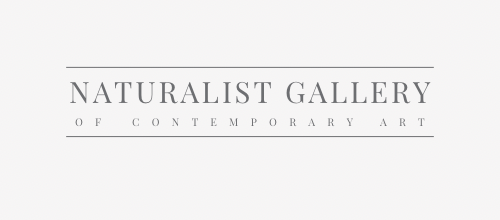An artist statement serves as a concise yet powerful tool to convey the essence of an artist's work. This article provides guidelines to help artists create an effective statement that captures their vision, influences, and artistic process.
Create a compelling artist statement: Be concise yet powerful, capturing your vision, influences, and process. Avoid clichés and unnecessary details. Tailor to the audience, use an emotional tone, and address key questions. Maintain authenticity, clarity, and your unique voice.

By avoiding common pitfalls and focusing on clarity and authenticity, artists can engage their audience and enhance their professional endeavors.
- Understanding the Artist's Statement:
- An artist's statement is a brief description of the artist's work, offering insights into the overall concept or specific projects.
- It should begin with a concise overview, introducing the basic ideas behind the work in two to three sentences or a short paragraph.
- The subsequent paragraphs should delve into the details of how these ideas are presented in the artwork.
- Crafting a Compelling Artist's Statement:
- Full-page Statement: Artists may choose to include various elements such as the work's history, their overall vision, audience expectations, relation to previous work, and connection to contemporary and historical art.
- What an Artist's Statement is NOT: Avoid pomposity, clichés, technical jargon, long dissertations, personal anecdotes, and unnecessary details.
- Importance of Writing an Artist's Statement:
- Clarifying Ideas: Writing an artist's statement helps artists articulate their own thoughts and concepts more clearly.
- Communicating with Others: A well-crafted statement provides gallery dealers, curators, and the public with a deeper understanding of the artist's work.
- Useful in Applications: Artist statements are often required for residency, grant, exhibition, or graduate school applications.
- Professional Engagement: Artist statements are valuable when preparing for teaching positions, press releases, catalogs, or program brochures.
- Types of Artist's Statements:
- Full-Page Statement: A comprehensive statement encompassing the artist's work, methods, and history.
- Short Statement: A condensed version highlighting key aspects of the artist's practice.
- Short Project Statement: A brief statement focused on a specific project.
- Bio: A concise description of the artist's career and major accomplishments.
- Writing an Effective Artist's Statement:
- Tailoring to the Audience: Consider the reader's level of knowledge and assumptions.
- Emotional Tone: Capture the artist's voice, be it theoretical, academic, analytic, humorous, antagonistic, political, or professional.
- Key Questions to Answer: Reflect on the purpose of the work, influences, techniques, philosophy, and connections to a larger body of work.
- Formatting and Style: Use a word processor for easy editing, maintain clarity and directness, and avoid fancy fonts or formatting.

Explore our curated selections of contemporary artists from around the world.
To have your fine art taken seriously, apply to Naturalist Gallery.
An artist's statement serves as a bridge between the artist and the audience, providing valuable insights into the creative process. By following these guidelines, artists can create concise, authentic, and engaging statements that enhance their professional practice and enrich the viewer's experience. Remember, an artist's statement should reflect the artist's unique voice and capture the essence of their work.

You may also find the following articles helpful:
The Art of Crafting a Compelling Artist Bio
Top 10 Tips For Creating The Best Art Portfolio
How to Sell Art on Consignment: 12 Tips for New Sellers
Building Your Online Presence As An Artist
10 Tips and Tricks for Maximizing Your Art Sales
How to Become a Successful Artist
The Art Gallery: Everything You Need To Know
Why Gallery Representation is Good for Artists: 9 Key Benefits

